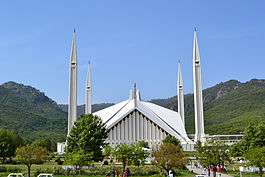The Hitchhiker's Guide to the Galaxy
The fictional universe of The Hitchhiker's Guide to the Galaxy series by Douglas Adams is a galaxy-spanning society of interacting extraterrestrial cultures. The technological level in the series is highly advanced, though often unreliable. Many technologies in the series are used to poke fun at modern life.
Most of the technology mentioned in the series are products of the Sirius Cybernetics Corporation, a decidedly inept company responsible for the design and creation of a wide range of robots and labour-saving devices, such as lifts, automatic doors, ventilation systems, and the infamous Nutrimatic Drink Dispenser. In the novel So Long, and Thanks for All the Fish, the problem with all the corporation's products was summarised by the Guide:It is very easy to be blinded to the essential uselessness of [their products] by the sense of achievement you get from getting them to work at all. In other words - and this is the rock solid principle on which the whole of the Corporation's Galaxy-wide success is founded - their fundamental design flaws are completely hidden by their superficial design flaws.The only profitable division of the company is its Complaints division, which, according to the series, takes up all of the major landmasses on the first three planets in the Sirius Tau system. The theme song for the Complaints division is Share and Enjoy, and has since become the theme apparent for the company as a whole. The main office building and headquarters for the company was originally built to represent this motto, but due to bad architecture it sank halfway into the ground, leaving the upper halves of the motto's words to read in the local language "Go Stick Your Head in a Pig."
The Sirius Cybernetics Corporation invented a concept called Genuine People Personalities ("GPP") which imbue their products with intelligence and emotion. Thus not only do doors open and close, but they thank their users for using them, or sigh with the satisfaction of a job well done. Other examples of Sirius Cybernetics Corporation's record with sentient technology include an armada of neurotic elevators, hyperactive ships' computers and perhaps most famously of all, Marvin the Paranoid Android. Marvin is a prototype for the GPP feature, and his depression and "terrible pain in all the diodes down his left side" are due to unresolved flaws in his programming.
The Corporation is also mentioned in the radio serial of The Long Dark Tea-Time of the Soul. They are also listed in the instructions to the Atari Jaguar game Alien vs Predator as a manufacturer of medical equipment.













